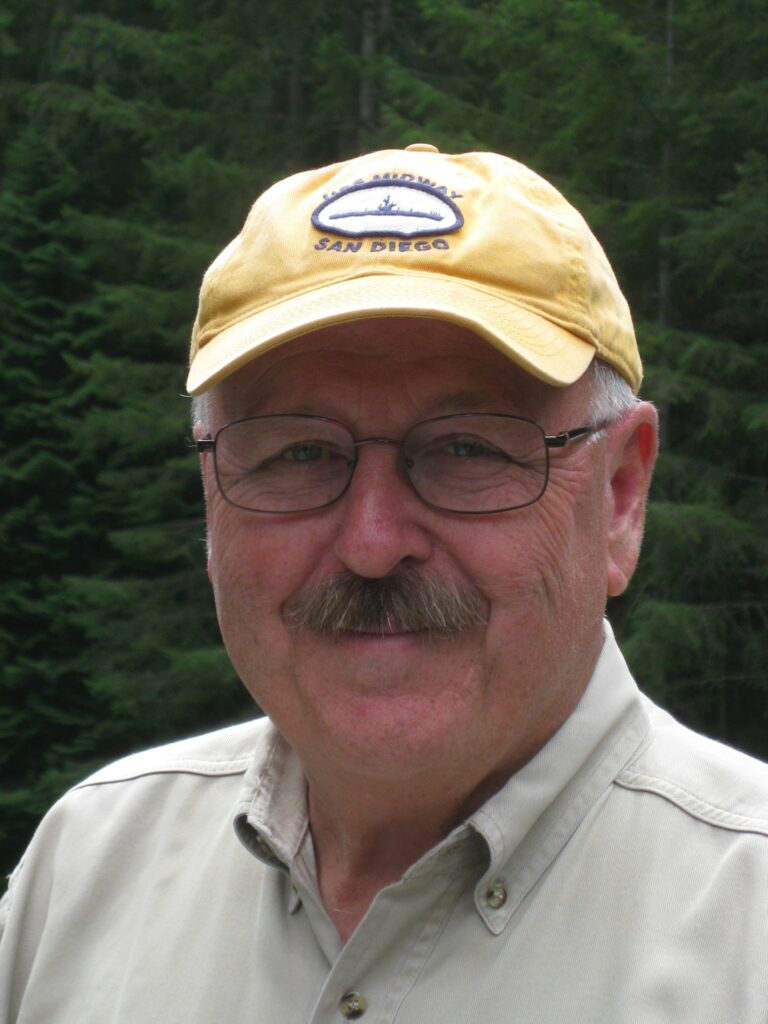
Member Profile: Nick England
1. What do you do, and how long have you been doing it?
I have been involved in computer graphics and imaging hardware and systems design since 1972. I have founded multiple companies, designed leading edge hardware systems, and led teams developing graphics/imaging hardware and software.
2. What was your first job?
My first job in computer graphics was as a grad student research assistant in John Staudhammer’s computer graphics lab at NC State. My first job after university was president and chief engineer of Ikonas Graphics, a company I co-founded to make a commercial version of my research project, a programmable graphics/imaging processor and display system.
3. Where did you complete your formal education?
Electrical Engineering Dept, NC State University, Raleigh NC
4. How did you first get involved with ACM SIGGRAPH?
I attended SIGGRAPH 77 in San Jose. That high-energy experience inspired my research and encouraged me to write a paper which I presented at SIGGRAPH 78. After that I was active as an exhibitor, technical papers committee member, panelist, Director, etc.
5. What is your favorite memory of a SIGGRAPH conference?
The first demonstration of our Ikonas graphics/imaging system at SIGGRAPH 79 – it was an intense and exciting time interacting with hundreds of interesting people, many of whom became friends and colleagues.
6. Describe a project that you would like to share with the ACM SIGGRAPH community.
At the SIGGRAPH 2001/2002 conferences, we demonstrated a 3D laser scanner and a 6DOF head tracker system that we had developed based on UNC-CH research. We used the 3D laser scanner to create a digital model of a Jeep. We attached the tracker to a TV camera and displayed a full-sized virtual Jeep in the middle of our exhibit booth – it was a startlingly great Augmented Reality demo.
7. If you could have dinner with one living or non-living person, who would it be and why?
Alan Turing, to learn something about what it was like at Bletchley Park in WW2, and to get his reaction to how computing has evolved.
8. What is something most people don’t know about you?
I have restored over two dozen Teletype machines and have them wired together and running in my basement.
9. From which single individual have you learned the most in your life? What did they teach you?
Wow! – there are different answers for different aspects of my life. Professionally, I’d say the most important lesson was from John Staudhammer, who taught me to bet on smart people to create great tools which other creative people can use.
10. Is there someone in particular who has influenced your decision to work with ACM SIGGRAPH?
Mary Whitton, who started a local chapter, was Chair of SIGGRAPH, and active in panels, papers, courses, and exhibits.
11. What can you point to in your career as your proudest moment?
Learning that our first Ikonas customer (medical researchers) had used our system for volume imaging of a trauma victim which probably saved the patient’s life. A toolmaker like me can hardly ask for a better reward for his efforts.